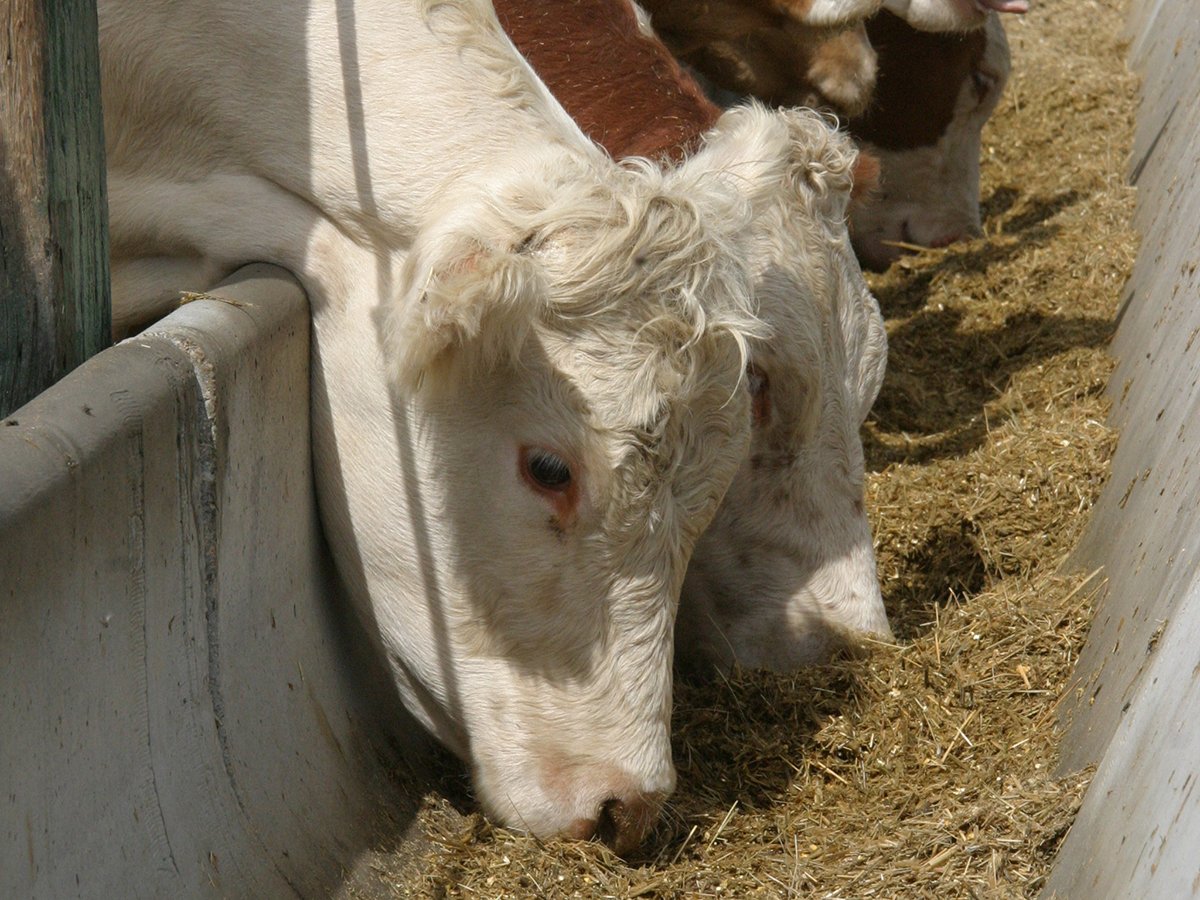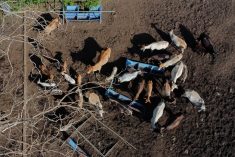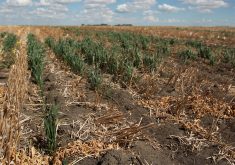The contentious issue of railway running rights has forged divisions
among more than grain industry participants.
It can also accomplish the rare feat of creating a split within the
Canadian Transportation Agency.
The agency last week rejected an application by Ferroequus Railway
Ltd., or FE, for the right to haul grain cars on Canadian National
Railway’s main line from Camrose, Alta., to the port of Prince Rupert,
B.C.
But in an unusual development, one of the five CTA members who sat
Read Also

Alberta cattle loan guarantee program gets 50 per cent increase
Alberta government comes to aid of beef industry with 50 per cent increase to loan guarantee program to help producers.
through two weeks of testimony in Winnipeg last spring issued a
dissenting opinion supporting the FE bid.
“It’s not very frequent that we see that,” said agency spokesperson
Jadrino Huot, estimating that perhaps 10 percent of decisions on major
railway cases would include a dissenting view.
FE had proposed picking up grain from elevators served by Canadian
Pacific Railway in eastern Alberta and west-central Saskatchewan,
transferring it to CN’s main line at Camrose and hauling to the Prince
Rupert Grain Ltd. terminal at the northern B.C. port.
It estimated it would ship 835,000 tonnes annually.
FE said its plan would boost competition and service, result in more
efficient use of rail cars, reduce costs for shippers and grain farmers
and ease congestion at the port of Vancouver.
In rejecting the application, the agency said it saw no evidence of a
serious enough problem in railway service to justify the “exceptional”
remedy of allowing FE access to CN’s lines.
It listed four specific reasons for rejecting the FE proposal:
- Granting the application would have a negative financial and
operational effect on others in the grain handling and transportation
system, including grain companies, port terminal operators and the
railways.
- FE’s business plan is “overly optimistic” in terms of its potential
grain volumes and revenues.
- A proposed interchange at Camrose would create inefficiencies in the
current grain handling system.
- Any operating efficiencies realized by FE would be more than
outweighed by inefficiencies imposed on others in the grain handling
and transportation system.
While the ruling was welcomed by the national railways, major grain
handling companies and farm groups that oppose government regulation of
the railways, it was criticized by some transportation experts and farm
groups.
Canadian Wheat Board chair Ken Ritter said he was disappointed that the
ruling placed so much emphasis on the possible negative financial
effects on railways and grain companies.
“It seems like everybody’s always worried about everyone except
farmers,” he said.
In her dissenting opinion, CTA member Mary-Jane Bennett, a Winnipeg
lawyer who was appointed to the agency in 1998, said the agency should
not make judgments about FE’s chances of success or failure.
She said the proposal is clearly in the public interest and would
benefit western grain farmers.
“I have no doubt that the introduction of real competition in the
market to Prince Rupert will ultimately result in direct financial
benefits to the producers the Canadian Wheat Board represents,” she
wrote.
The full decision, including Bennett’s dissent, is available on the
CTA’s website at www.cta-otc.gc.ca.














